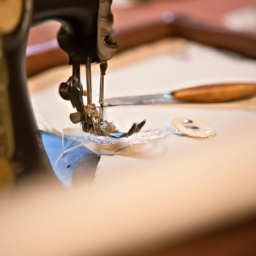
History of Tailoring in England

The Evolution of English Tailoring
Tailoring has long been a respected craft in England, with a rich history that can be traced back centuries. From
the intricate garments worn by the royal court to the bespoke suits of modern-day gentlemen, English tailoring
has continuously evolved, blending tradition with innovation.
Inception of Tailoring in England
Tailoring as we know it today first emerged during the medieval period in England. Skilled craftsmen known as
tailors began sewing clothing for the nobility and aristocracy. These garments were often made-to-measure and
showcased exquisite detailing and ornamentation. As the demand for tailored clothing grew, guilds and workshops
were formed to regulate the industry and ensure high standards of craftsmanship.
The Influence of Royal Fashion
The monarchy has played a significant role in shaping English tailoring. King Charles II’s reign in the late 17th
century witnessed the rise of the three-piece suit, setting a new fashion trend that would persist for centuries.
During the Victorian era, Queen Victoria’s preference for structured and tailored clothing led to an expansion
in tailoring workshops, particularly in London’s renowned Savile Row.
Savile Row: The Epitome of English Tailoring

Located in Mayfair, London, Savile Row has become synonymous with unparalleled craftsmanship and sartorial
excellence. Established in the early 19th century, it has been a hub for bespoke tailoring ever since. Savile Row
tailors are known for their meticulous attention to detail, expertise in hand-stitching, and use of finest fabrics
sourced globally. The street has attracted prominent figures from various fields, including renowned politicians,
entertainers, and even royalty.
The Modern Era: Tailoring Today
While traditional tailoring methods remain highly valued, the industry has faced challenges in recent years.
Technological advancements and changing fashion trends have prompted adaptations to meet the demands of a
contemporary clientele. Tailors now employ computer-aided design software, laser cutting techniques, and modern
machinery alongside time-honored handcraftsmanship to create flawless garments that blend classic style with
contemporary aesthetics.
Image sources:
tailor.jpg,
savile-row.jpg




